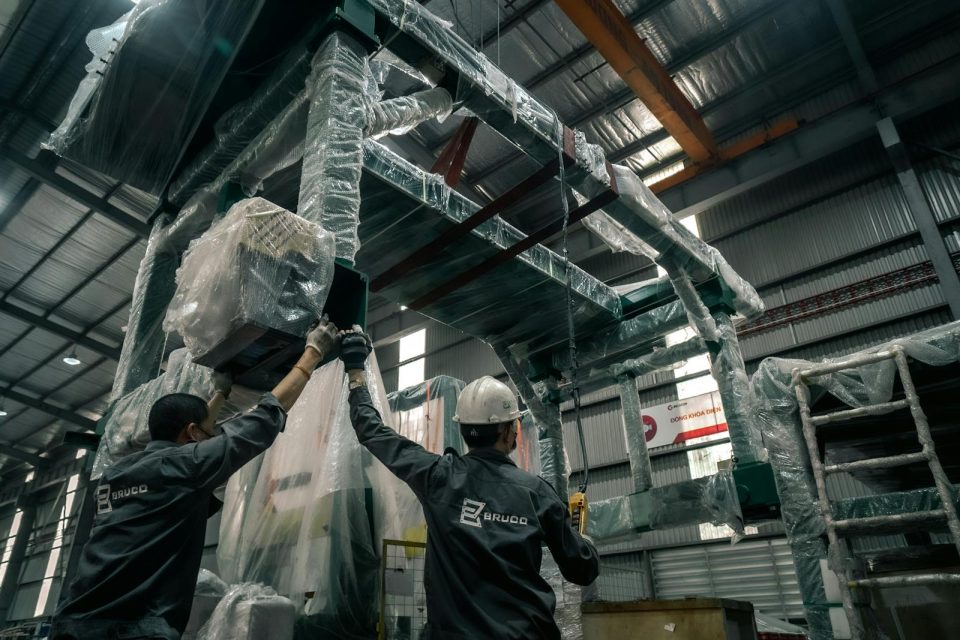How to Install Graphite Gasket Sheet for Maximum Efficiency

Graphite gasket sheet is essential component in high-temperature and high-pressure applications. Made from compressed graphite flakes, these sheets provide excellent sealing properties while maintaining resilience under extreme conditions. When selecting a graphite gasket sheet for your application, consider the purity level, thickness, and reinforcement type. Higher-purity graphite (99%+) offers better chemical resistance, while metal-reinforced varieties provide enhanced structural integrity.
Unlike traditional gasket materials, graphite can withstand temperatures exceeding 450°C in oxidizing environments and up to 3000°C in non-oxidizing conditions. This makes graphite gasket sheets ideal for steam systems, chemical processing equipment, and heat exchangers where temperature fluctuations are common.
Preparing for Installation
Surface Preparation
Proper surface preparation is crucial for maximizing the efficiency of your graphite gasket sheet. Begin by thoroughly cleaning the flange surfaces to remove any debris, old gasket material, or corrosion. Use a wire brush or flange scraper, followed by a solvent-based cleaner to ensure all contaminants are removed.
Inspect flange surfaces for any irregularities such as scratches, dents, or warping. Even minor imperfections can create leak paths around a graphite gasket sheet, compromising the seal integrity. For applications requiring maximum efficiency, consider having the flanges refaced if significant damage is present.
Measuring and Cutting
Accurate measurement is essential when working with graphite gasket material. Measure the inner diameter, outer diameter, and bolt hole pattern of your flange precisely. When cutting the graphite gasket sheet, use sharp cutting tools specifically designed for gasket materials to prevent fraying or delamination of the material.
For complex shapes, create a template first or use a gasket cutting machine for precision. Remember that graphite gasket sheets are somewhat fragile before compression, so handle them with care during the cutting process to avoid damage.
Installation Techniques
Proper Alignment
Begin the installation by carefully aligning the graphite gasket sheet between the flange surfaces. Ensure that bolt holes align perfectly with the flange bolt holes. Some installers use alignment pins or bolts inserted through opposite holes to maintain proper positioning during the installation process.
For larger diameter gaskets, having an assistant help position the gasket can prevent accidental damage. Never use adhesives to hold the graphite gasket in place, as these can interfere with the compression properties of the material.
Bolt Tightening Sequence
The bolt tightening sequence dramatically affects the performance of a graphite gasket sheet. Always follow a cross-pattern or star-pattern tightening sequence to ensure even compression across the entire gasket surface. Begin with hand-tightening all bolts, then use a calibrated torque wrench to gradually increase tightening pressure in multiple passes.
For critical applications, follow manufacturer-specified torque values and tightening sequences. Typically, this involves tightening bolts to 30% of the final torque value in the first pass, 60% in the second pass, and 100% in the final pass.

Combining with Corrugated Metal Gaskets
Benefits of Hybrid Solutions
In some high-demand applications, combining a graphite gasket sheet with a corrugated metal gasket creates a superior sealing solution. The corrugated metal gasket provides mechanical strength and resilience, while the graphite layer delivers exceptional sealing properties and temperature resistance.
These hybrid gaskets excel in applications with thermal cycling, where the different expansion rates of the materials would normally create sealing challenges. The corrugated metal gasket layer helps maintain constant pressure on the graphite, preventing relaxation and maintaining seal integrity.
Installation Considerations for Combined Systems
When installing a combination of graphite and corrugated metal gasket materials, always position the corrugated metal gasket against the flange with higher irregularities. This allows the metal component to accommodate surface imperfections while the graphite sheet provides the primary sealing function.
The compression requirements for these combined systems differ from standard graphite gasket sheets. Generally, higher bolt torque values are necessary to properly compress the corrugated metal gasket component, so consult manufacturer specifications before installation.
Maintenance Best Practices
Inspection Intervals
Regular inspection of installed graphite gasket sheets prevents unexpected failures. Schedule visual inspections based on operating conditions—more frequent checks for systems with thermal cycling or vibration. Look for signs of gasket extrusion, flange corrosion, or bolt loosening.
For critical systems, consider using ultrasonic testing to detect early signs of seal degradation without system disassembly. This non-invasive technique can identify potential leakage paths before they become problematic.
Retorquing Procedures
Thermal cycling can cause bolt relaxation in systems using graphite gasket sheets. Implement a retorquing schedule for critical connections, typically after the first 24 hours of operation and then at scheduled maintenance intervals. Always perform retorquing when the system is at ambient temperature and depressurized for safety and optimal compression.
When retorquing, follow the same cross-pattern sequence used during initial installation, and maintain detailed records of torque values and dates to track any progressive loosening that might indicate gasket deterioration.
Troubleshooting Common Issues
Addressing Leakage Problems
If leakage occurs around a graphite gasket sheet, systematically identify the cause before attempting repairs. Common issues include insufficient compression, improper gasket material selection, flange misalignment, or damage during installation.
For minor leaks, incremental increases in bolt torque might resolve the issue, but never exceed manufacturer-recommended maximum values. If leakage persists, system disassembly and gasket replacement are usually necessary, along with careful inspection of flange surfaces for damage.
Preventing Extrusion
Graphite gasket extrusion occurs when the material is forced out from between the flanges under pressure. To prevent this common failure mode, select the proper gasket thickness and density for your operating conditions, and consider using metal-reinforced graphite gasket sheets for high-pressure applications.
When working with standard graphite gasket material in higher-pressure environments, using serrated flange surfaces or installing anti-extrusion rings can significantly improve performance and longevity of the seal.
